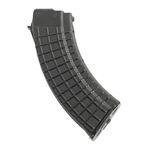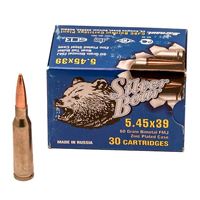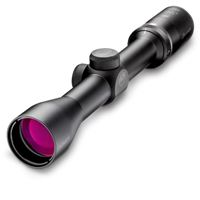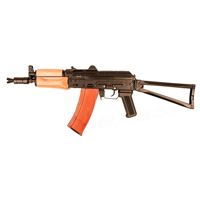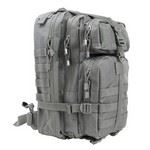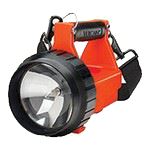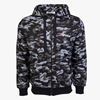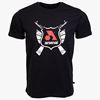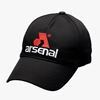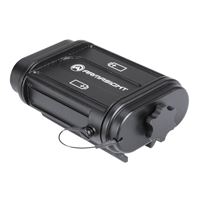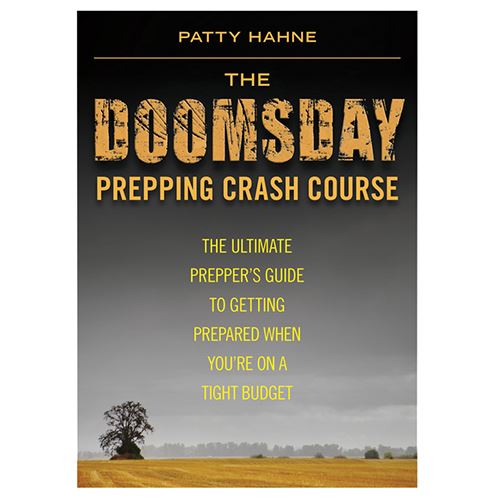It seems like it was only a few years ago that the Glock pistol was introduced to America. There were changes coming, and the Glock was a big step up from .38 caliber revolvers. However, police agencies transitioning to the Glock didn’t always go well, through no fault of the pistol. While lead bullets were not a concern at that time, reloaders quickly realized the potential downfall due to leading issues.
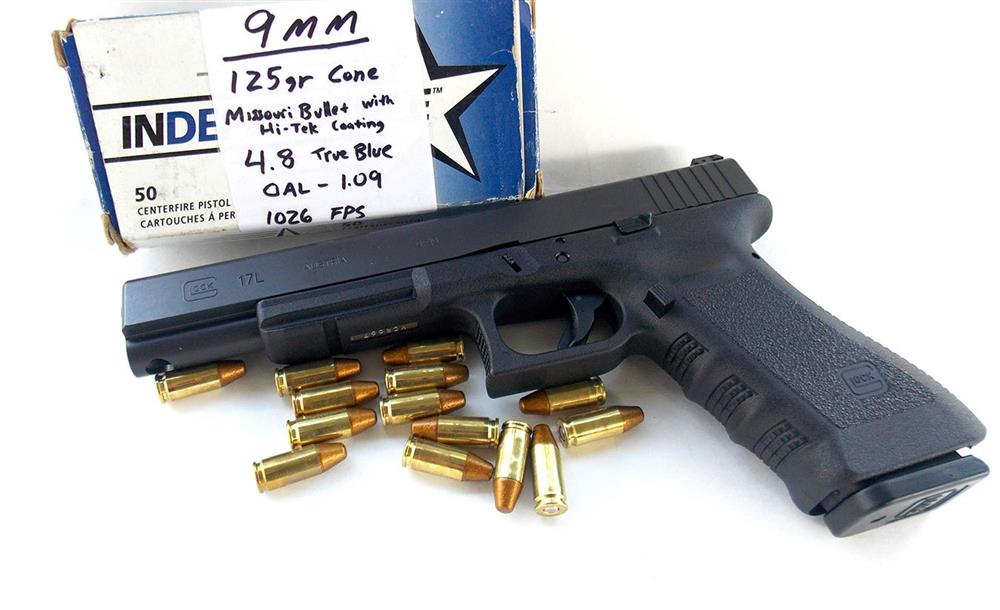
The Glock is a very reliable handgun, but like all self-loading pistols, it requires good quality ammunition of the proper specifications. One trainer explained to me how transition training in his department was derailed by poor ammunition. They used the same supplier of remanufactured ammunition that had supplied .38 Special wadcutters to the agency for many years. When the 9mm Luger loads arrived the cartridge cases were improperly resized and it was jam, jam, jam, destroying officer confidence during training.
A delivery of Winchester 9mm ball saved the day. The city fathers had spent money on self-loaders and the PD had bought defective ammo that the Chief had to ask them to replace. It wasn’t a good situation.
Officers and competitors began to understand the virtues of the Glock and fired them a lot. There were a number of spectacular blow ups. Without dissecting each individual blow—and there were quite a few with the .40 S&W, and less with the 9mm—I am certain that many were attempting to load the pistol to +P or even 9mm Major pressure levels. But more were trying to use lead bullets that the Glock was not designed for.
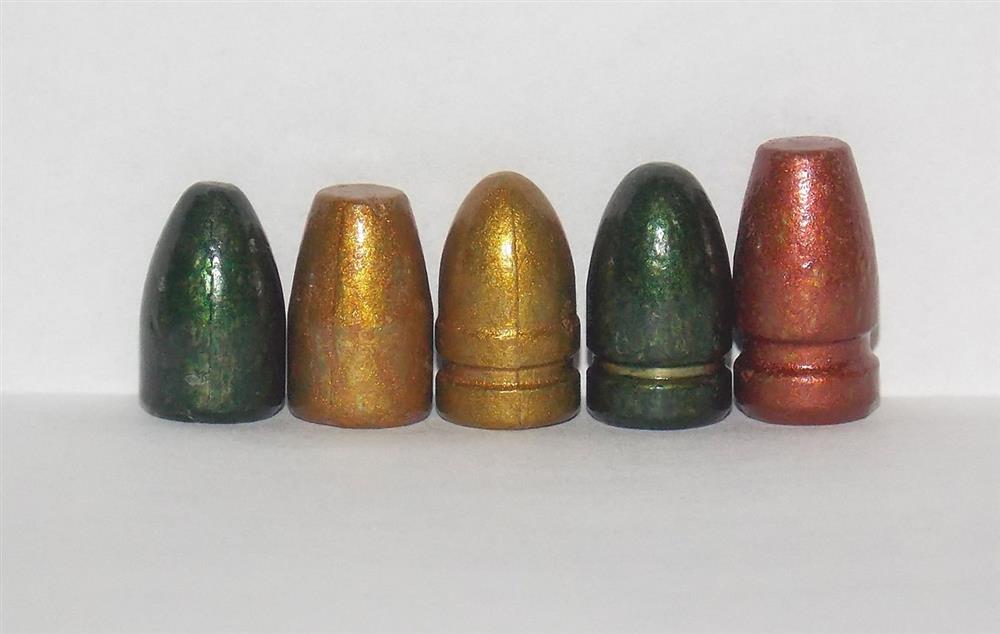
Lead bullets are not the same as hard cast bullets. Lead bullets are soft and cheap. Hard cast bullets are alloyed with tin and antimony and take rifling well. They do not lead badly, if used with quality lubricant.
Many commercial bullets were too soft. As a result of these problems, Glock issued a prohibition of the use of lead bullets in the Glock pistol. While many companies prohibit handload use for their products, and such use will void the warranty, this was the first straight across the board prohibition of lead bullet use that I am aware of.
Rifling Differences
Rifling is the grooves cut into a barrel. The grooves are separated by lands. The type of rifling varies by the maker. The standard form of rifling used in most handguns is easily recognizable with a cog-like appearance. Polygonal rifling, as used in the Glock, Heckler and Koch, and a few other handguns, is smoother in appearance. There are only slight rises in the rifling.
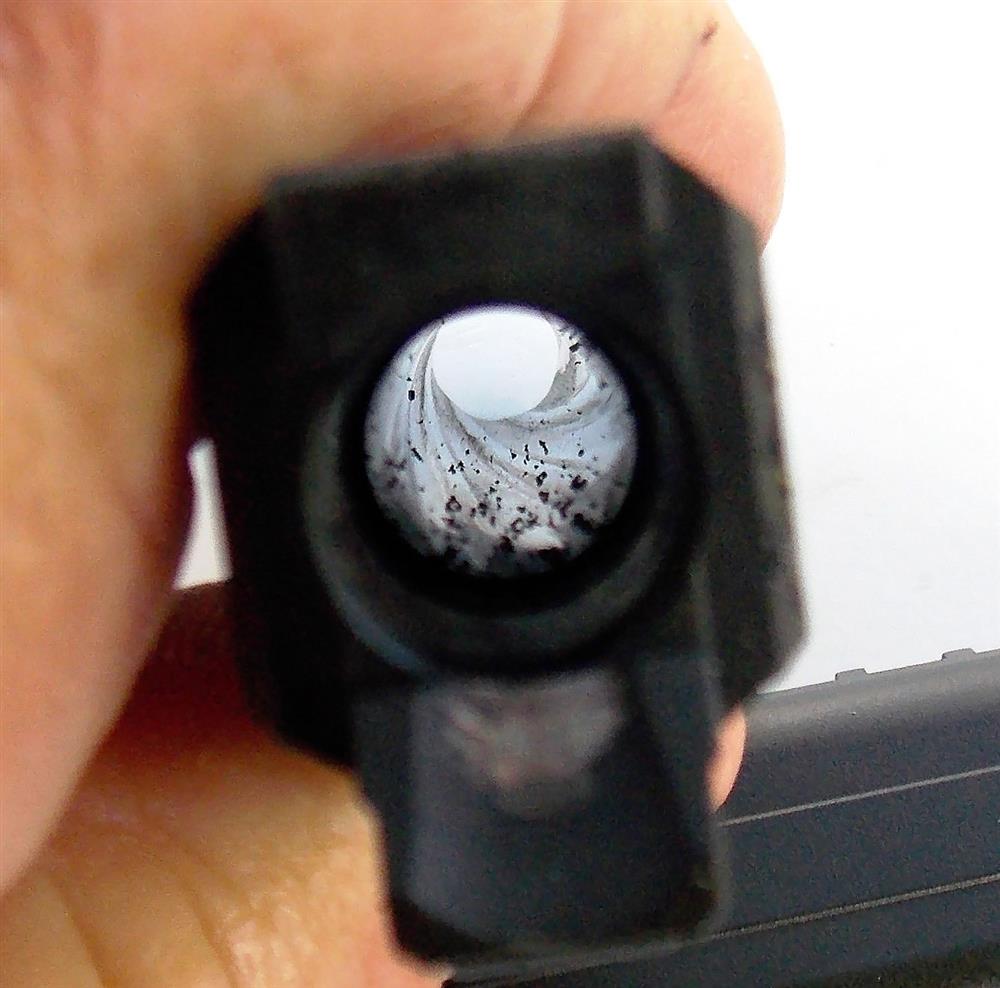
With polygonal rifling, there is a tighter gas seal and the bullet grips the barrel more tightly. Less bullet deformation, higher average velocity, and a bore that is easier to clean, are among the advantages of polygonal rifling. As a rule, polygonal rifling exhibits no tool marks, which are common with traditional rifling. The bore sees less wear, and the barrel will last longer. The only drawback for shooters, and especially high volume sport shooters like many of us, is that polygonal rifling isn’t lead friendly.
When the bullet travels in the bore, the bullet is slightly oversize for the barrel in order to take the rifling properly and secure a good gas seal, is compressed. Lead bullets will lose some of their lead in the barrel. This is known as ‘leading the barrel.’ As an example, firing a soft lead bullet at high velocity in the .357 Magnum, the lead goes into the grooves, and quickly lead to a badly leaded barrel.
With a polygonal barrel, there is nowhere for lead to build up. It simply coats the barrel. This can result in a buildup of pressure after a relatively modest amount of ammunition is fired. Each successive bullet must overcome greater resistance to exit the barrel.
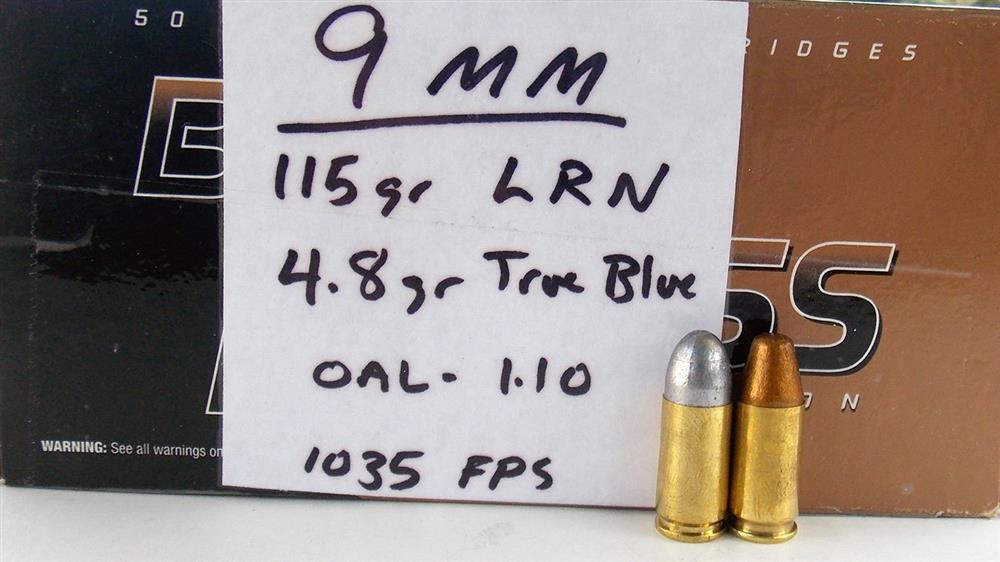
The Europeans use jacketed bullets—practically exclusive—in their handguns. Factory ammunition in the self-loading caliber is limited to jacketed bullets with few exceptions. For many reasons, Glock issued a warning not to use lead bullets in its pistols. When Glock issued this warning, it created a market for aftermarket barrels.
Bar Sto Precision Machine offers first quality, after market barrels for the Glock. These barrels are precision made and uniformly accurate. They are conventionally rifled and allow reloaders to use lead bullets. I do not use soft swaged bullets or standard lead bullets in any of my handguns. I use quality hard cast lead bullets. By using hard cast bullets and loading my own ammunition, I can fire three to four times as much ammunition on the same budget. This means more enjoyment and greater proficiency.
I have owned Glock pistols with Bar Sto barrels, and the performance has been excellent. A combination of the Bar Sto Barrel and Novak Lo Mount sights when fitted to my first Glock Model 22 resulted in changing a 25-yard gun to a 50-yard gun. However, somewhere was another answer. After all, fitting an aftermarket barrel isn’t an option for the issue handgun or service pistol, a spare, and backup-sized handgun many of us use.
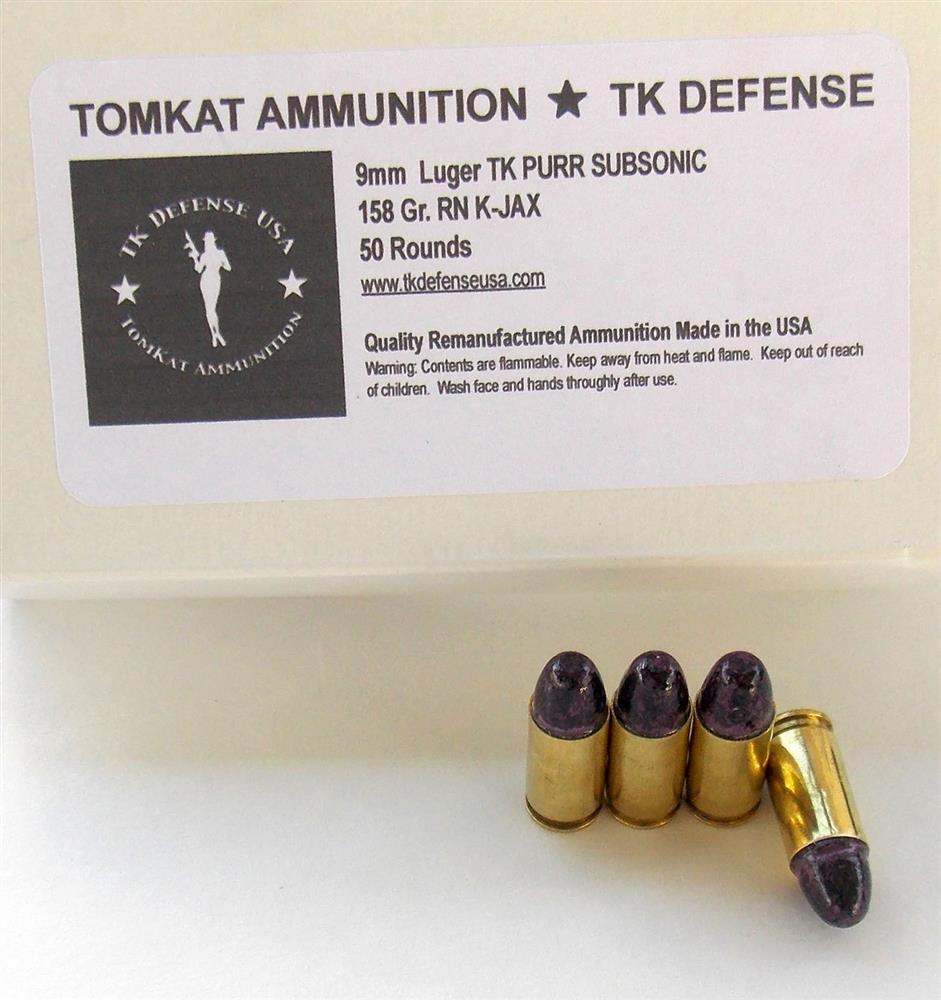
The Right Answer for Lead Bullets
Recently, I was able to test an innovative product that I find to be the answer to the problem of using lead bullets in the Glock barrel. Bayou Bullets offers bullets with a special coating originally developed by J&M Specialized Products in Australia. This powder relieves the caster of the need for bullet lubricant. The coating acts as a lubricant and helps the already hard cast bullet produce good results with little to no leading.
I am not repeating the manufacturer’s claims; rather, I have tested these bullets extensively. The results are interesting and eye opening. A first question might be the added expense of adding the coating. It is pennies by the box, and considering the bullets are already quality hard cast bullets, well worth the price. These bullets are far less expensive than jacketed bullets. I have also used Missouri Bullet Company products with good results. When it comes to quantity, I have used more of the Missouri Bullet Company bullets, but when it comes to diverse bullet weights, I have used more from Bayou Bullets.
Hi Tek Supercoat
According to Bayou Bullets, its coating was developed by J&M Specialized Products P/L in Australia. The coating uses no toxins and gives off no particles when fired. It may be used in Glock barrels.
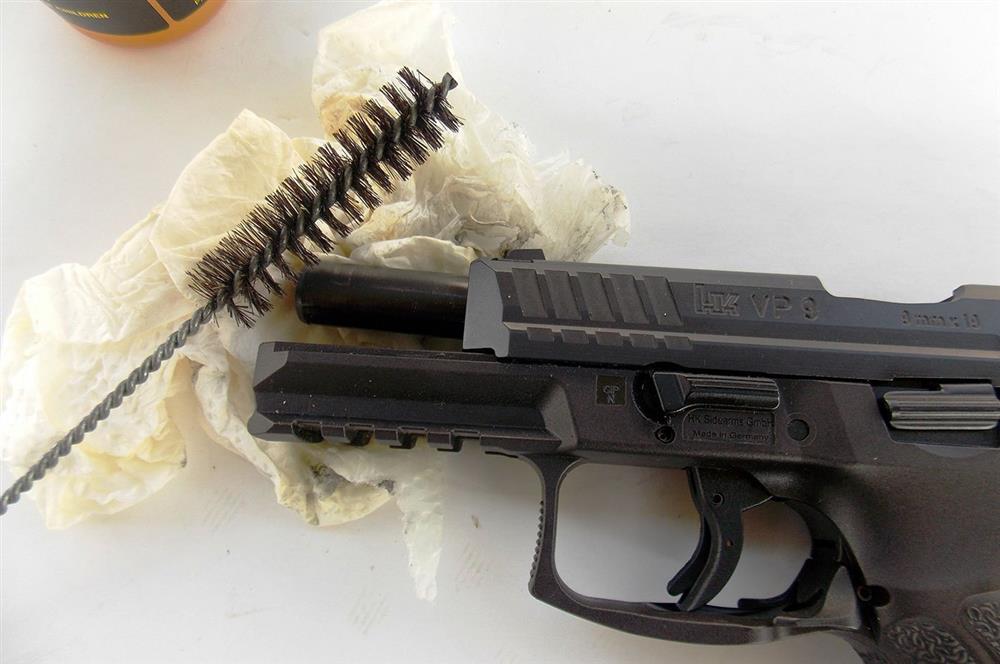
According to Missouri Bullets, the Hi Tek coating uses a catalyst that bonds a polymeric coating to the bullet. The coating is baked onto the bullet’s surface at nearly 400 degrees. This is a tough coating that is applied twice to the lead bullet. The bullet needs no additional lubricant. Bore leading is reduced, and lube smoke is practically eliminated.
Results were excellent with each maker’s bullets, and the results were on target.
During the load process, I used proven powders that have given good results and a few that were new to my experience. I have used hundreds of the Missouri Bullet Company 115-grain RNL bullets—a hard cast bullet. For the Glock loading experiment, I used the Hi Tek 125-grain RNL bullet. I used five Bayou Bullets 9mm bullets with the special coating to date. These included the 115-grain RNL, 124-grain RNL, 124-grain TCB, 135-grain RNL, and147-grain FP. All have given good results. They are useful for different applications.
The 115-grain bullet, as an example, is the most economical. The 147-grain bullet is probably the best choice for long-range accuracy or suppressed firearms that must use subsonic ammunition. My favorite is the 124-grain TCB. The truncated cone design has many advantages.
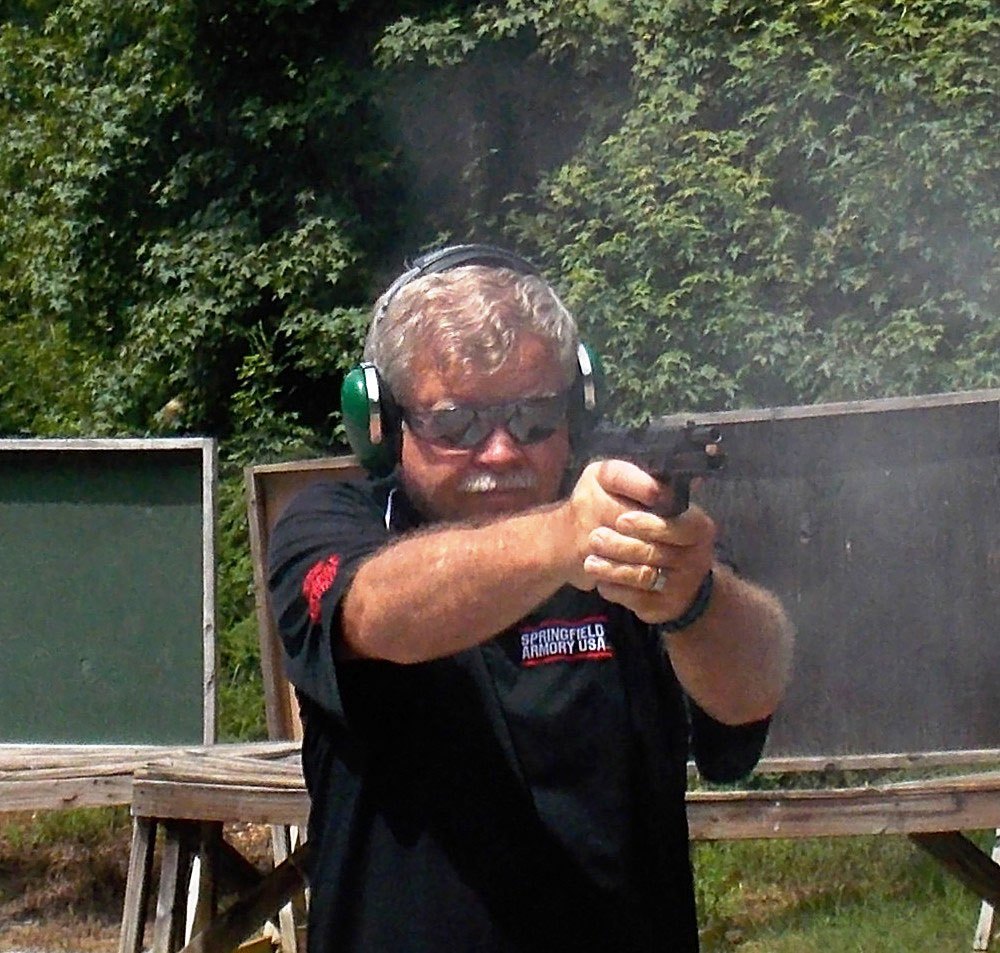
Weight is concentrated in the long ogive, resulting in excellent feed reliability in any firearm. The flat point transfers more shock to the target. This is noticeable when shooting steel targets. A 124-grain TCB at 1,100 fps really lights the gong up!
Accuracy is outstanding. Since this was a test of the bullets and their coating, the primary concern was to develop loads of decent velocity for use in a polygonal-rifled pistol. I began with carefully sorted brass. 9mm Luger brass differs in length, and the longer .750-inch brass gives the best results. A good supply of Starline brass is often an excellent beginning.
The work up of 9mm loads was done primarily in Heckler and Koch VP9 pistol. Results were excellent. Additional accuracy firing and testing for this report was conducted with a Glock 17L Long Slide (I figured the more barrel the better when testing leading).
Accuracy Firing Tests – 25 Yards
Note: Conducted with Bayou Bullets 9mm bullets except when noted as Missouri Bullet Company (MBC).
Load |
HK |
Glock | |||
|---|---|---|---|---|---|
Bullet |
Powder |
Velocity |
Group |
Velocity |
Group |
| 115-grain RN | 5.8 Unique | 1,145 fps | 2.5 in. | 1,230 fps | 2.0 in. |
| 115-grain RN | 4.2 Red Dot | 1,080 fps | 1.9 in. | 1,122 fps | 2.0 in. |
| 125-grain RNL (MBC) | 5.8 Unique | 1,208 fps | 2.5 in. | 1,280 fps | 2.4 in. |
| 125-grain RNL (MBC) | 4.5 W-W WSF | 990 fps | 1.9 in. | 1,088 fps | 1.7 in. |
| 125-grain RNL (MBC) | 4.8 True Blue | 1,036 fps | 2.4 in. | 1,113 fps | 2.3 in. |
| 124-grain TCG | 6.0 Unique | 1,199 fps | 2.7 in. | 1,266 fps | 1.9 in. |
| 124-grain TCG | 4.5 W-W WSF | 970 fps | 1.6 in. | 1,060 fps | 2.0 in. |
| 124-grain TCG | 4.4 W-W 231 | 1,101 fps | 2.4 in. | ——— | ——— |
| 135-grain RN | 4.0 Unique | 988 fps | 2.6 in. | ——— | ——— |
| 135-grain RN | 4.1 Unique | 999 fps | 2.5 in. | 1,050 fps | 1.5 in. |
| 135-grain RN | 4.8 Titegroup | 1,090 fps | 2.5 in. | 1,131 fps | 1.8 in. |
| 147-grain FP | 3.0 Titegroup | 910 fps | 1.5 in. | 933 fps | 1.75 in. |
Accuracy depends on my skill in loading and finding a good combination. While primarily a test of the bullet’s ability to leave a lead-free barrel, the loads proved accurate in both handguns. Even the least accurate was useful for practice.
The bullets performed as advertised. I was cautious at first, but in firing a total of 300 bullets in the HK, and 150 in the Glock, results were excellent. Accuracy did not degrade, and I simply ran a patch and brush through the barrel when done. These bullets get a clean bill of health.


